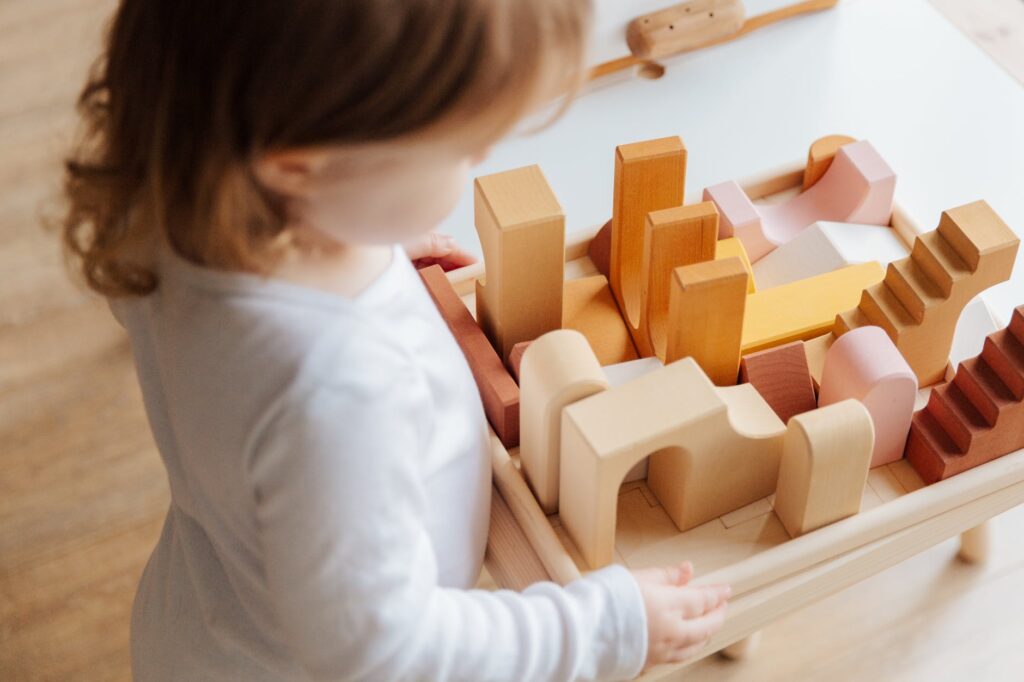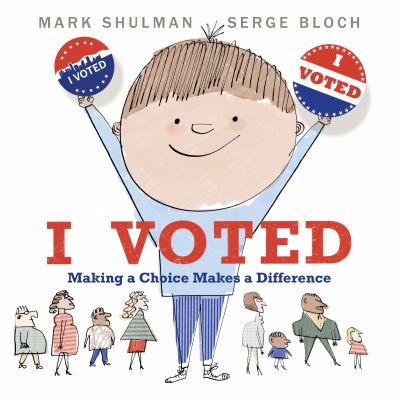By: Marie Huey, Public Policy and Advocacy Coordinator at Think Small
What is Mixed Delivery?
A mixed delivery system of early care and education is one in which multiple settings are included. This means that all types of programs would be able to access public funding as long as they meet quality standards. Child care centers, family child care, Head Start, and Public School programs would all be part of the solution in providing early care and education opportunities for young children. The alternative is to channel funding to one entity to provide the services, usually public schools.
Cyndi Cunningham, Licensed Family Child Care Provider and Public Policy Chairperson at the Minnesota Child Care Provider Information Network, shares her perspective on how a mixed delivery system benefits families.
Mixed delivery gives access to all families to meet their cultural and specific needs. Families’ needs are unique. Children are unique. And offering MORE not fewer options gives choice. Families benefit from this choice! Not doing mixed delivery limits access and equity for parents and inclusion for children to thrive to their full capabilities.

This is not a new idea. We talked about it in a December 2018 Policy Hour session, which contained a few different definitions and perspectives on the term. It is similar to how Early Learning Scholarships work in Minnesota. Families who receive an Early Learning Scholarship can choose from quality early care and education programs that have a Parent Aware rating. However, this program currently only applies to a relatively small amount of income-eligible families. A mixed delivery system on a larger scale could allow for all families who want affordable early care and education to access it at the program type of their choice.
Now that Congress is seriously considering several child care and pre-k proposals, it’s a great time to revisit the concept as an essential part of supporting early care and education infrastructure.
Benefits of Mixed Delivery in Minnesota
Clare Sanford, Government Relations Chair at the Minnesota Child Care Association, sums up the benefits of Mixed Delivery in Minnesota well:
A mixed delivery system of early care and education service is important to Minnesota children, parents, and providers for several reasons. First and foremost, it ensures maximum choice for families. Any parent can tell you that each child is unique, and what works for one does not necessarily work for another. Some children flourish in a child care center. Others do best in the smaller environment of family child care. Some families need one location that can meet their needs for programming 10+ hours a day, year round, often best delivered by private child care. Others want a part-time program often best delivered by public schools.
High quality care and education are possible in any setting, so long as those settings meet quality standards parents and children benefit from the most choice possible. Another reason is that a true mixed delivery system honors, preserves, and utilizes the early childhood infrastructure already in place. There is enormous history and expertise in ALL settings across Minnesota. We should want to ensure that expertise is used, and that our available physical spaces are maximized (in private child care, Head Start, public schools, etc.) before we decide to direct finite resources to creating new programs.
Mixed delivery is ideal for families because it allows parents to choose the program that best meets their needs according to this helpful article discussing mixed delivery. A robust mixed delivery system would mean parents could choose based on a wide variety of criteria including location, language, hours, culture, curriculum and more. Each family has different needs and priorities. Early childhood educators bring a diversity of skill sets and interests to meet those needs.
With many options available to families, more children would be able to receive care without interruption. Some families need care for the entire workday during the entire year, and they could make that happen at one place instead of coordinating transitions and transportation across multiple locations. That stability is helpful for the children as well.

Mixed delivery builds on the current landscape. Early childhood professionals work in a variety of programs from public schools to private child care centers to in-home programs. They have expertise, knowledge, and relationships with families in their communities. By expanding on what we currently have, we can meet the need efficiently. For instance, in more rural areas of Minnesota, family child care programs are often the preferred option because they are closer, and there isn’t enough population density to support a child care center.
Cyndi highlights that additional funding for programs could help maintain and improve this mix of programs, “Mixed delivery, properly valued and equitably funded, provides stability to Licensed Family Child Care. Where ever the money is directed, so is the value focused!“
Policy Considerations
There are details to work out still on how mixed delivery could best be implemented. Accountability measures ensuring program quality would need to be part of the picture. National accreditation and state Quality Rating and Improvement Systems (QRIS) are two ways currently in place to demonstrate that. However, other options could be considered as well.
The biggest piece of the puzzle is the funding. A large federal investment would go a long way in realizing a true and robust mixed delivery of early care and education program options. However, states would likely contribute part of the funding. Local entities, private employers, philanthropy, and parent contributions would make up the rest of it. Ensuring that access is affordable and equitable for all families who want care.
Examples
Several states have started implementing a mixed delivery model. The Bipartisan Policy Center recently profiled Washington, North Carolina, Pennsylvania, and West Virginia for their work on including multiple settings in early care and education funding. The process generally includes combining multiple funding streams in order to cover the costs most efficiently (often referred to as blending and braiding). At this time states implementing mixed delivery with intentionality are focused mostly on prekindergarten. Washington is starting a pilot for children birth to three, where costs of care are even more expensive.
Advocate and Educate
Now is an important moment to communicate with Members of Congress about including all quality early care and education programs as part of the solution. Reach out to your Members of Congress using our guide on How to Advocate Virtually. Let them know that mixed delivery is the best way forward to increase access to quality early care and education.
Links
- Resources: www.Redleafpress.org
- Early Childhood Education Trainings: www.ThinkSmallInstitute.org








